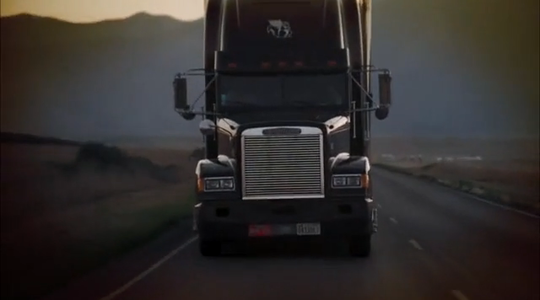Types of Headache Racks
There are several designs of headache racks, each suited to different types of trucking operations:
- Standard Headache Racks: These are simple, open-frame racks made of steel or aluminum. They are primarily protective and often feature horizontal or vertical bars for strength. They provide a clear rear view while still stopping cargo from breaking into the cab.
- Enclosed Headache Racks: Enclosed racks offer both protection and storage. They typically feature built-in cabinets or lockers for tools, tie-downs, and personal gear. These are popular with long-haul truckers who need extra storage space while keeping items secure and out of the weather.
- Logging Headache Racks: Designed for trucks that haul logs, these racks are reinforced to withstand the enormous force of heavy timber. They are usually taller and sturdier than standard racks to provide extra protection against large, heavy, rolling logs.
- Closet Headache Racks: Sometimes called “closet-style” racks, these are fully enclosed units with large storage areas, almost like a closet mounted on the truck. They are ideal for truckers who need to carry a wide range of tools, tarps, and equipment in an organized way.
Each type of rack is built to match the demands of the job, but all share the same basic purpose: to keep drivers safe from shifting cargo.
Why Headache Racks Matter
While federal law does not mandate headache racks on all trucks, they are considered a best practice in industries where cargo is heavy or irregularly shaped. For drivers, a headache rack can be the difference between a survivable crash and a fatal one. For trucking companies, installing them demonstrates a commitment to safety and compliance with cargo securement standards.
A headache rack is more than just an accessory; it’s a life-saving piece of equipment. By stopping cargo from entering the cab and providing secure storage, headache racks protect both drivers and everyone else on the road. Whether standard, enclosed, logging, or closet-style, these racks play a critical role in the daily work of commercial trucking. Without them, drivers face serious risks.
It's up to trucking companies to ensure that their drivers are protected on the job. Not only do headache racks reduce the risk of severe injury and death for commercial truck drivers, but they also limit the damage caused by shifting cargo during a collision. It is essential that trucking companies follow best practices to keep their employees and everyone else on the road safe.
